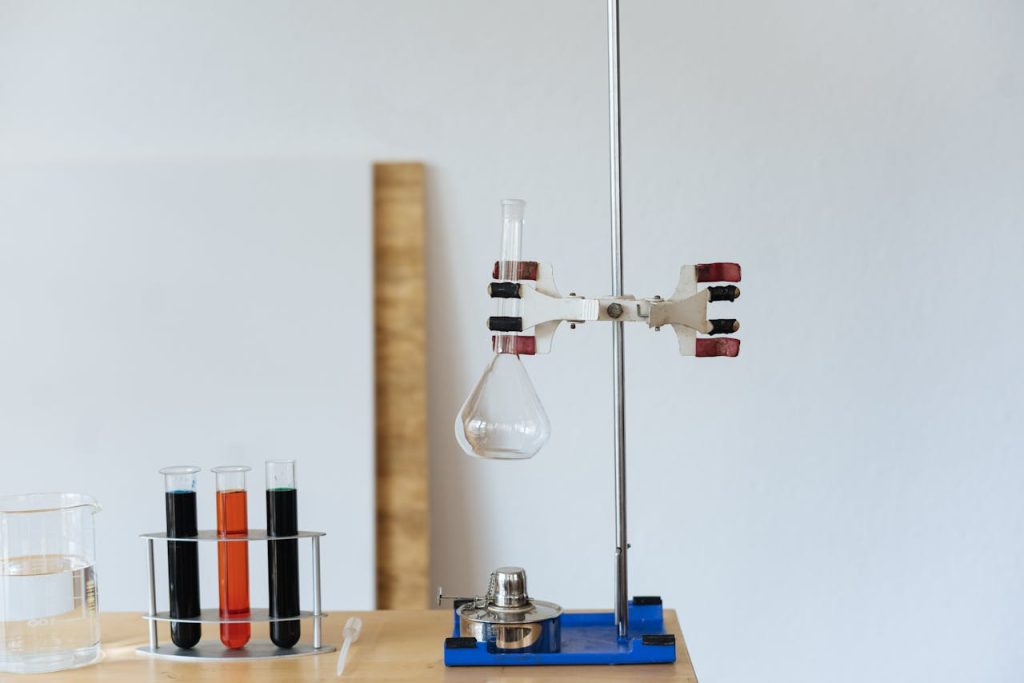Although newly manufactured items might seem sterile right off the production line, they can in fact be exposed to various contaminants. Ensuring an end product is safe, particularly in the medical device industry, involves rigorous sanitation protocols, including bioburden testing. Let’s explore what bioburden testing involves and its critical role in product sterilization.
Bioburden testing is the quantification of contamination—typically microbial—on a device or product prior to its final sterilization. This encompasses a range of potential contaminants such as aerobic and anaerobic bacteria, spores, and fungi.
The significance of bioburden testing cannot be overstated, especially for medical devices. Such devices must be free of harmful contaminants to prevent health complications in patients, who may be particularly susceptible to infections. An effective sterilization process is therefore crucial.
The efficacy of the final sterilization is heavily dependent on the accurate assessment of bioburden. Knowing the level of contaminants allows for the selection of an appropriate sterilization method, ensuring it’s sufficiently calibrated to eliminate the bioburden without damaging the product.
The bioburden testing process starts with extracting a sample for testing and identifying and quantifying specific contaminants. These figures are then used to estimate the total level of contamination. An alternative approach is the most probable number (MPN) method, which assesses contaminant growth over a week.
Final verification is a crucial stage where a known quantity of microbes is introduced to the sample to validate the testing procedure and ensure the test is both accurate and non-destructive.
For more details about bioburden testing and its importance in ensuring the safety of medical devices and other products, please review the resource below to explore this subject in depth.
Infographic created by Technical Safety Services, a leader in cleanroom testing and validation

